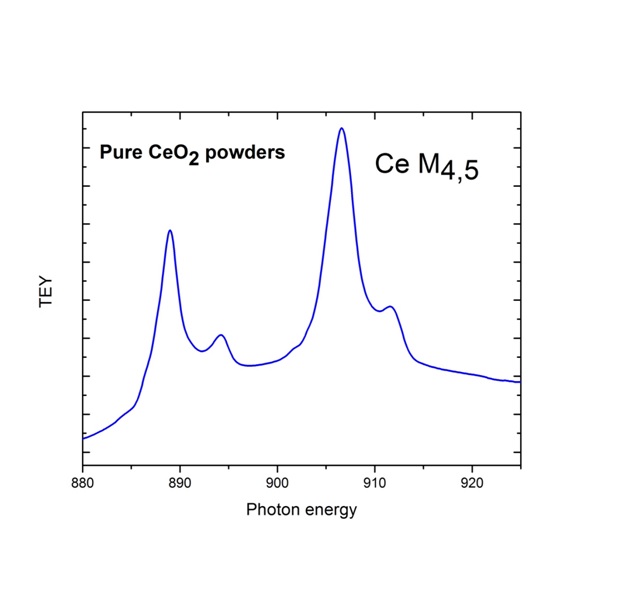In-operando spectroscopy
Characterisation Installation 5
n In the last years it has been demonstrated that the surface structure of many heterogeneous catalysts under relevant reaction conditions may differ from those determined by applying traditional high vacuum techniques. In most of the cases, the catalytically active sites tremendously change their properties during the reaction, strongly depending on the applied gas composition, pressure and temperature. This has pushed to the development of the so call in operando spectroscopies or ambient condition spectroscopies.
This process has involved also XAS which is one of the most powerful techniques of investigation of the chemical state of materials. Nowadays, XAS in the hard X-ray regime (typically above 5 keV) is commonly applied to the observation of heterogeneous catalysts under working conditions. On the other side in the soft x-ray range (typically below 2 keV) the availability of setup dedicated to this operando experiments is very recent and essentially stimulated by the commercial availability of thin (and transparent to the x rays) SiN membranes. This opens interesting possibilities because in the soft X-rays have the advantage that their energies cover the range of L or M-edges of most of the transition metals. With respect to XAS at the metals K-edges, L3 and L2 transitions are usually more intense (because formally electric-dipole allowed) and more reach in details. First-row transition-metal L-edges consist of 2p-3d transitions, which directly probe the unoccupied valence density of states. Hence, XAS on metal L-edges is very sensitive to metal-ligand interactions and perfectly complementary to XAS at the metal K-edges. In addition, soft X-rays cover the range of the core level binding energies of light elements (such as C, O, N and many others), potentially allowing the simultaneous observation of the electronic and structural changes underwent by the ligands or by the adsorbed reactants during the catalytic reaction.


